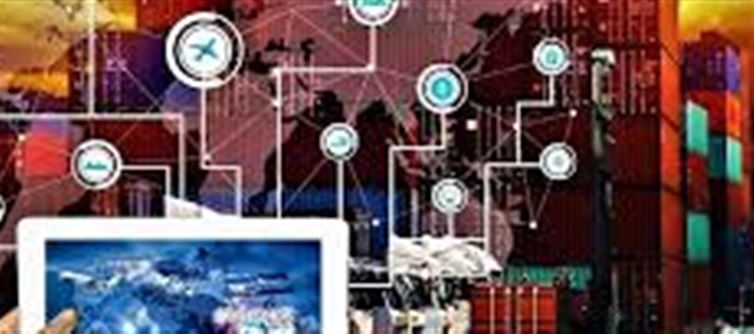
Supply chains are no longer paper-driven networks of phone calls and manual tracking. Artificial Intelligence (AI) is turning them into data-driven, responsive ecosystems that predict demand, optimize routes, cut costs, and improve customer experiences. Here’s how:
1. Smarter Demand Forecasting
- AI analyzes historical sales, seasonal trends, and external factors like weather to predict demand accurately.
- Quick Start: Clean 12–24 months of sales data and run a pilot on your top 20 SKUs.
2. Dynamic Route Optimization
- Real-time data on traffic, weather, and delivery windows enables AI to adjust routes on the fly, reducing fuel costs and delays.
- Quick Start: Add telematics to a small fleet and compare fuel and route efficiency for 30 days.
3. Early Detection of Bottlenecks
- AI-driven dashboards integrate data from suppliers, depots, and carriers to flag potential delays before they occur.
- Quick Start: Set up alerts for delays, temperature breaches, and missed scans to prevent costly disruptions.
4. AI-Powered Warehouse Productivity
- Guided workflows and smart scanners reduce picking errors and speed up fulfillment.
- Quick Start: Test pick-path guidance for one shift and track improvements in accuracy and speed.
5. Faster Yard Management
- Sensors provide real-time trailer locations, reducing time spent searching and improving scheduling efficiency.
- Quick Start: Tag 10 trailers and log time saved per pickup over two weeks.
6. Predictive Maintenance for Equipment
- AI monitors temperature, vibration, and usage patterns to schedule maintenance before breakdowns.
- Quick Start: Track one critical asset and compare downtime before and after predictive monitoring.
7. Automation in Back-Office Processes
- Digital tools extract data from invoices and paperwork, reducing disputes and speeding up financial reconciliations.
- Quick Start: Automate freight invoice validation for one lane and track dispute reduction.
8. Sustainability Through AI
- Optimized routing and load planning reduce fuel use and emissions while minimizing waste.
- Quick Start: Measure emissions on one route before and after AI optimization.
9. Enhanced Supply Chain Resilience
- Live data allows quick switching between suppliers or routes in case of disruptions like factory shutdowns or extreme weather.
10. Human + AI = Smarter Decisions
- AI provides insights, but human judgment ensures decisions fit business goals, supplier relationships, and customer expectations.
The Bottom Line
AI isn’t replacing supply chain teams – it’s making them faster, smarter, and more agile. Start small, track results, and expand adoption to build a future-ready supply chain.
.jpg)




 click and follow Indiaherald WhatsApp channel
click and follow Indiaherald WhatsApp channel